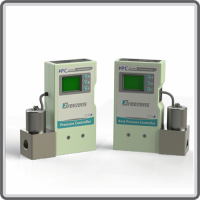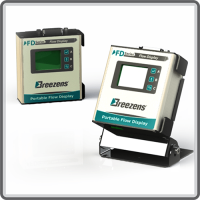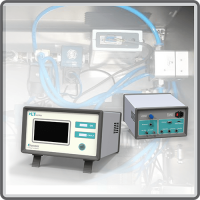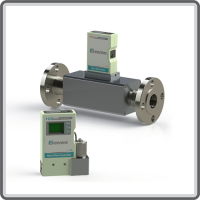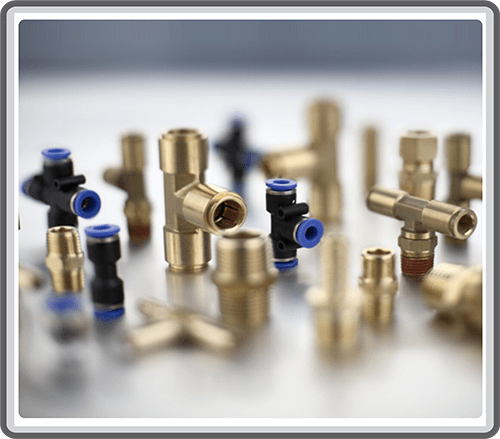Leak Testing in the Automotive Industry
In the automotive industry, leak testing is a critical step in ensuring the quality and safety of vehicles. In this process, thermal mass flow meters can be used to detect and measure any leaks in various automotive components. They are such as fuel lines, HVAC systems, or brake systems. During the leak test, a thermal mass flow meter is connected to the test piece. Then the flow rate of gas, typically air or nitrogen, entering the component is measured. If a leak is present, gas escapes from the component, causing a change in the flow rate detected by the thermal mass flow meter.
The thermal mass flow meter provides real-time data on the flow rate, enabling rapid and precise detection of leaks. It can also provide information about the size and location of leaks, assisting technicians in effectively diagnosing and repairing the issue.
Using a thermal mass flow meter for leak test in the automotive industry ensures that vehicles are free from any leaks that could jeopardize their performance, safety, or environmental impact. This contributes to maintaining high-quality standards and preventing any potential recalls or issues related to leaks in automotive components.
The automotive industry widely applies leak testing, covering a broad range of components, from injection-molded plastic parts to those manufactured through welding, casting, die-casting, and more. Some examples of components subject to leak testing include:
- Engine components such as cylinders, pistons, and manifolds.
- Suspension systems, including coil springs.
- Engine and cabin ventilation systems, such as gas cooler tanks and water pumps.
- Exhaust and emission systems, including catalytic-converter tanks and retainers.
- Headlights.
- Fuel tanks and delivery systems, such as fuel pumps.
- Safety systems like airbags.
Leak testing in these components ensures the quality and safety of automotive vehicles, bringing them to their maximum potential in terms of passenger safety and performance.





